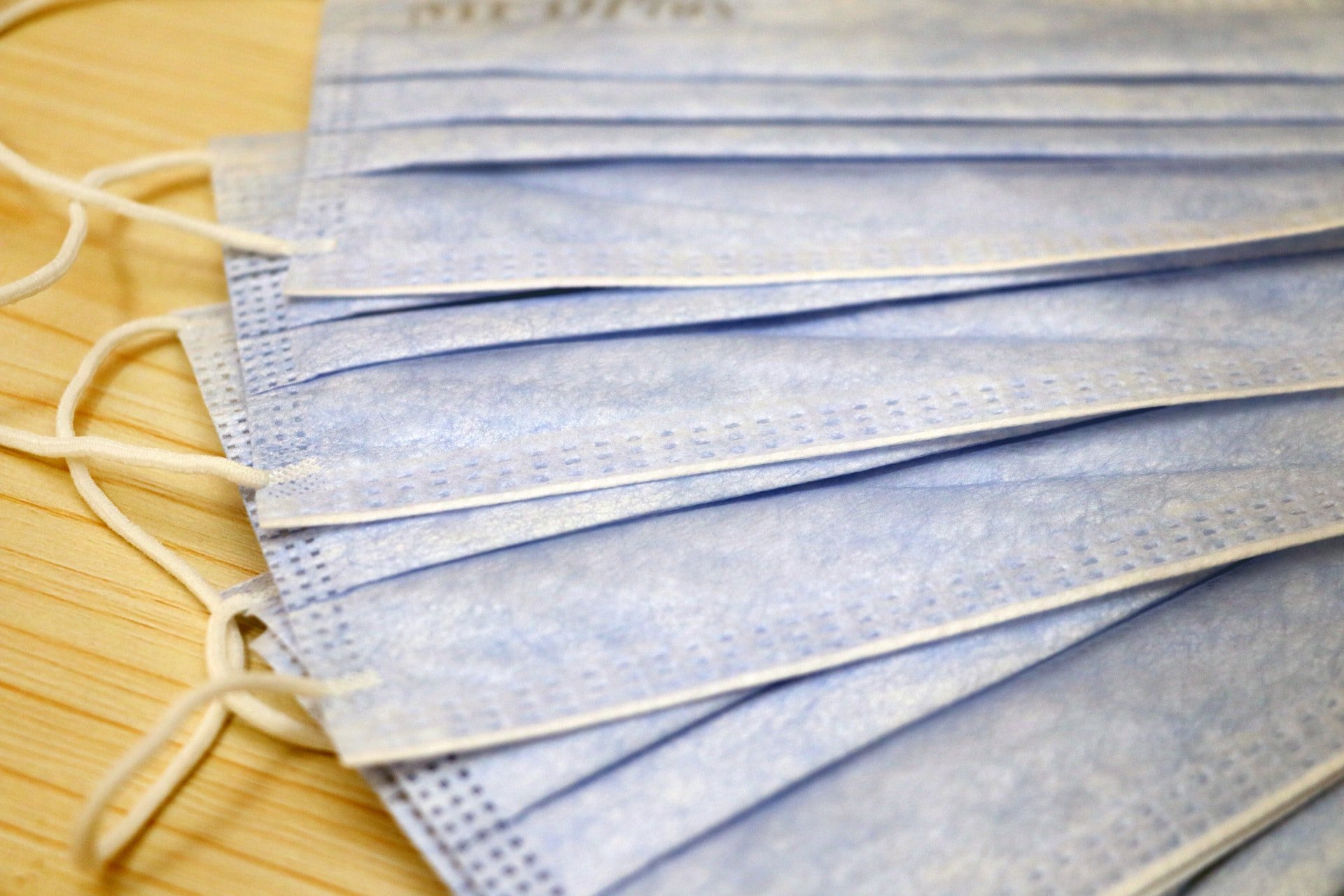With COVID-19 cases continuing to rise around the world, disparities are emerging between different countries’ successes at containing the virus and ‘flattening the curve.’ The U.S. recently surpassed 3.5 million cases, one of the worst-hit countries in the world, an achievement many experts attribute to slow and inadequate government response, particularly in the early stages of the spread.
What went wrong? It’s difficult to compare the effect of the outbreak across different countries — there are wide ranges in population size and density, differences in how deaths are counted and rates are calculated and other political factors. However, there are some lessons to be learned from examining responses to COVID-19 by governments that have seen massive success in combating the virus. Taiwan, now with only 0.03 deaths per 10,000 people (1,200 times less per capita than the U.S.), has been lauded by health care professionals as an example of a successful model for handling COVID-19.
“[Taiwan] had mounted a very good public health response… and you can see that in numbers” said Michael Ryan, Executive Director of the World Health Organization’s (WHO) Health Emergencies Programme, who spoke during a press conference at WHO headquarters in Geneva this April.
Since its first confirmed COVID-19 case on Jan. 21, the island, located less than 1,000 kilometers from the epicenter of the virus in Wuhan, China, has handled the situation swiftly. Taiwan’s Central Epidemic Control Center (CECC) has reported 454 cases and seven deaths as of July 17. Taiwan’s cases account for less than 0.004% of the 14 million cases worldwide, despite its population being equivalent to 0.31% of the total world population. Furthermore, the number of COVID-19 related deaths corresponds to about one-tenth of 0.01% of more than 600,000 deaths worldwide.
The rapid response could be attributed to existing structural preparation. In 2003, the Severe Acute Respiratory Syndrome (SARS) broke out in Taiwan, infecting almost 700 people and causing 181 deaths. The immense loss prompted the government and medical officials to prepare a response strategy for future pandemics that year, and encouraged residents’ active cooperation with government regulations.
As early as Feb. 6, the CECC launched the name-based rationing system for buying face masks. Each adult could only buy nine masks every two weeks at their local pharmacy or convenient store with their National Health Insurance (NHI) Cards. In addition, all public, indoor spaces required temperature testing, hand sanitizing and mask-wearing before entering. This applied to public transportations, restaurants and shopping centers. Additionally, all schools, which were on spring break since mid-January to celebrate Lunar New Year, extended breaks by two weeks until Feb. 25 and postponed summer break, to limit contact.
Five months after the implementation of these regulations, the CECC announced the relaxation of strict mask-wearing policies on June 7. Passengers on the High Speed Rail (HSR) and Taipei Metro are no longer required to wear masks, although social distancing is still enforced.
Taiwanese Minister of Health and Welfare and Head of the CECC Chen Shih-chung noted that while the mask policy across Taiwan is relaxing, people must get accustomed to wearing a mask until a COVID-19 vaccine is developed.
On June 18, Almost two weeks after Taiwan started relaxing its mask policies, Gov. Gavin Newsom ordered all Californians to wear face coverings while in public or in high risk settings, such as when “obtaining services from the healthcare sector,” riding on a public transportation or when interacting “in-person with any member of the public.”
On Feb. 6, Santa Clara County was the first in the U.S. to report a COVID-19 related death. Since then, the county has reported 7,131 cases of infection and 177 deaths as of July 17.
Newsom emphasized the need for the public to follow health recommendations in order for California to restart the economy smoothly and get people back to work safely.
“That means wearing a face covering, washing your hands and practicing physical distancing,” Newsom said.
In response to Newsom’s statewide order, Stanford researchers have shared their perspectives during an interview that contributes to WHO mask guidelines with science writer Krista Conger.
“Non-medical face masks will become an increasingly important way, in conjunction with frequent hand washing and social distancing, to prevent the resurgence of disease,” said Larry Chu, a professor of anesthesia and director of Stanford’s Anesthesia Informatics and Media (AIM) Laboratory.
Amy Price, a senior research scientist at AIM Laboratory, added that wearing a mask is “a way to protect the vulnerable around you. It’s our duty to keep each other healthy.”
In a recent virtual talk on Monday with Stanford Medicine’s Dean Lloyd Minor, Dr. Anthony Fauci, director of the National Institute of Allergy and Infectious Diseases, encouraged the wearing of masks and good social distancing practices.
Newsom ordered all Californians to stay home with the nation’s first stay-at-home order on March 19. Days before the state-wide shelter-in-place order, Santa Clara County’s Public Health Officer Sara Cody already called for residents of seven California counties to “shelter-in-place.”
“We just want to do everything we can to slow the train down,” Cody said in an interview, “so that when it hits the curve in the track it will not derail.”
With barely any notice, all schools halted in-person learnings and many transitioned online, ending the semester abruptly. This shifted Californian schools to virtual lessons whereas students in Taiwan started the spring semester two weeks late but continued classes in-person.
Many uncertainties surround the upcoming fall semester. While universities in Taiwan are likely to continue in-person teachings, many U.S. universities have announced plans for online University. Stanford has announced a hybrid model for the 2020-21 school year that allows roughly half its undergraduate class to stay on campus each quarter.
Contact Vivian Chang at vivianchang2003 ‘at’ gmail.com.
